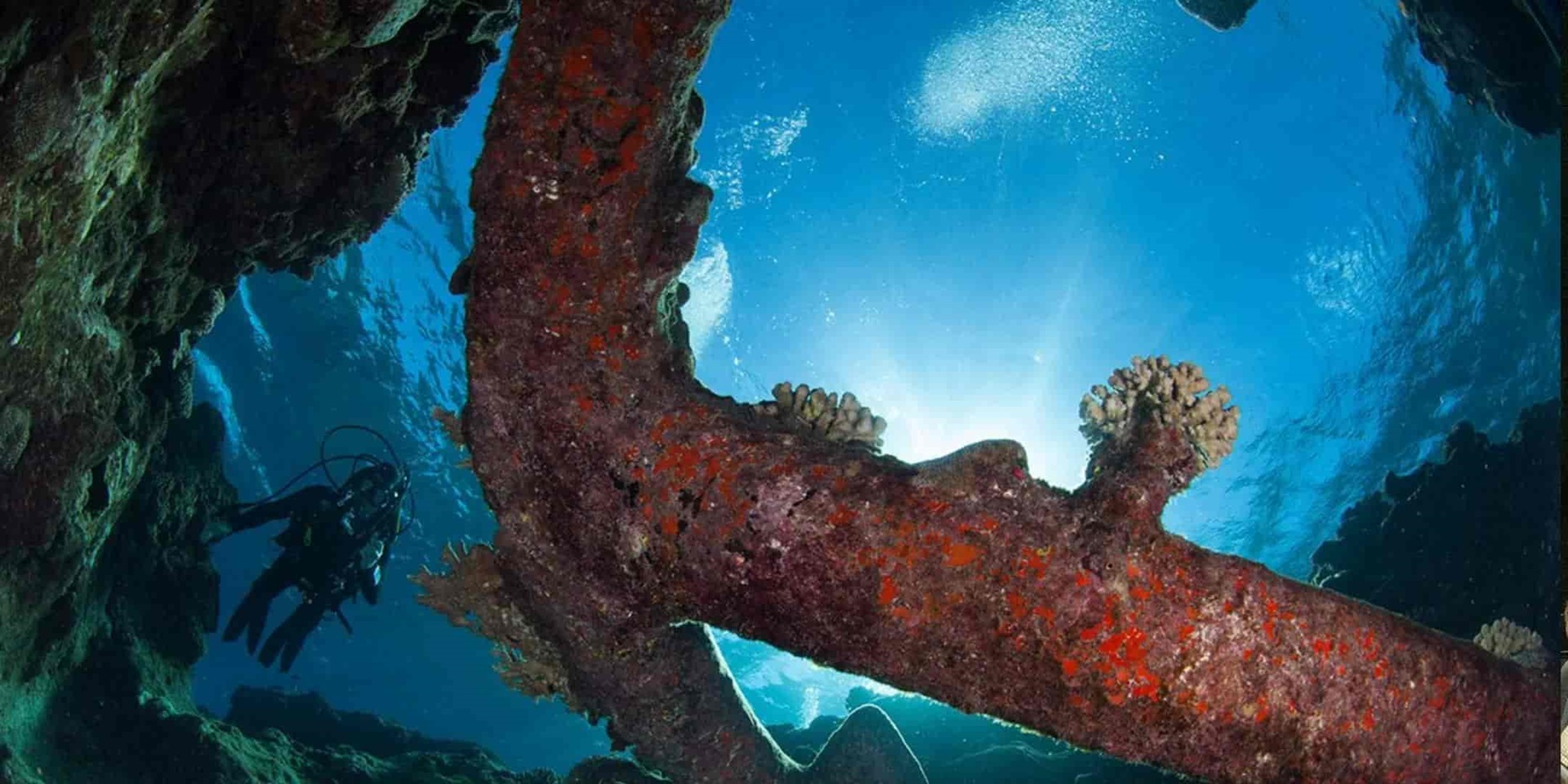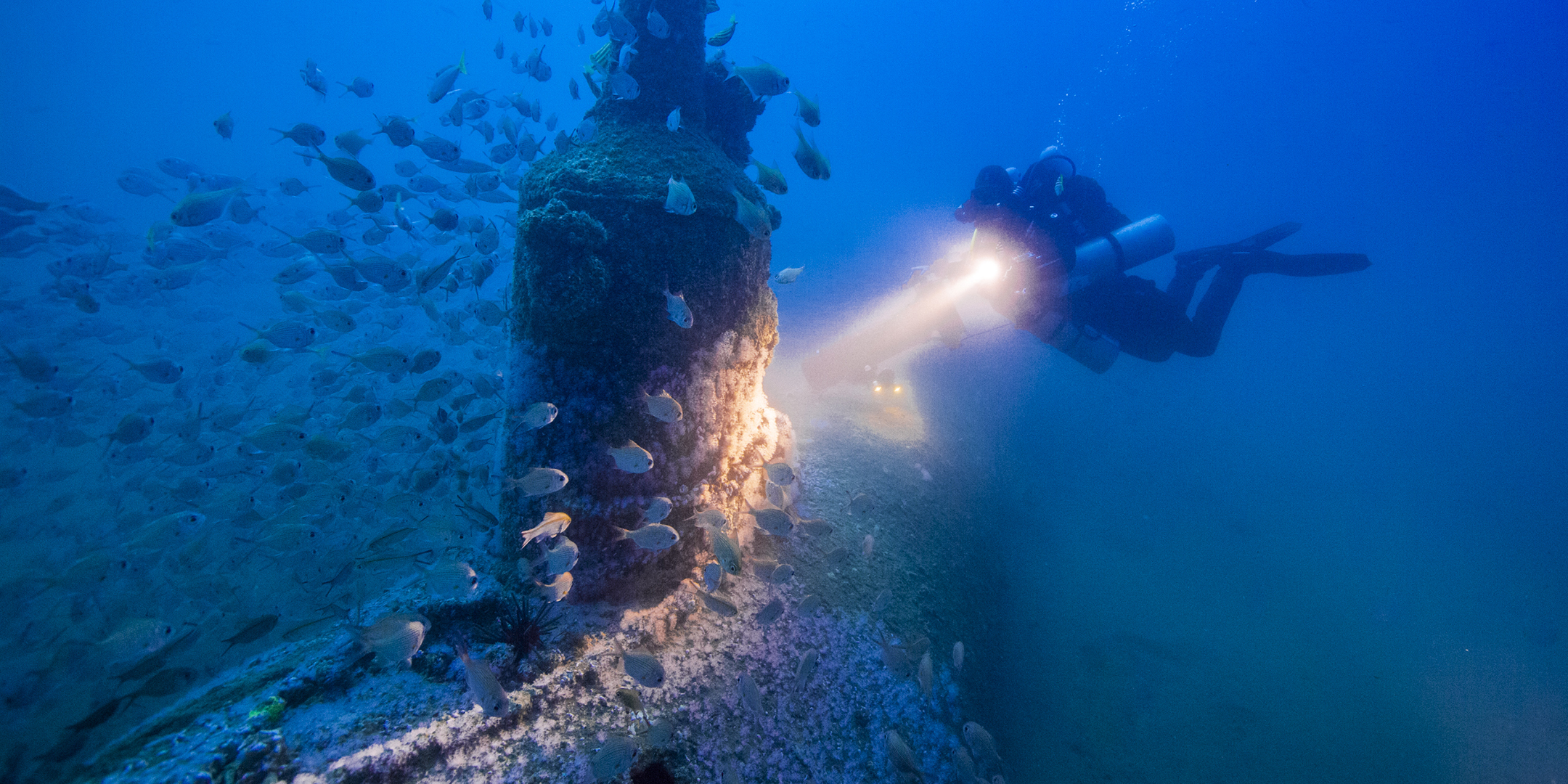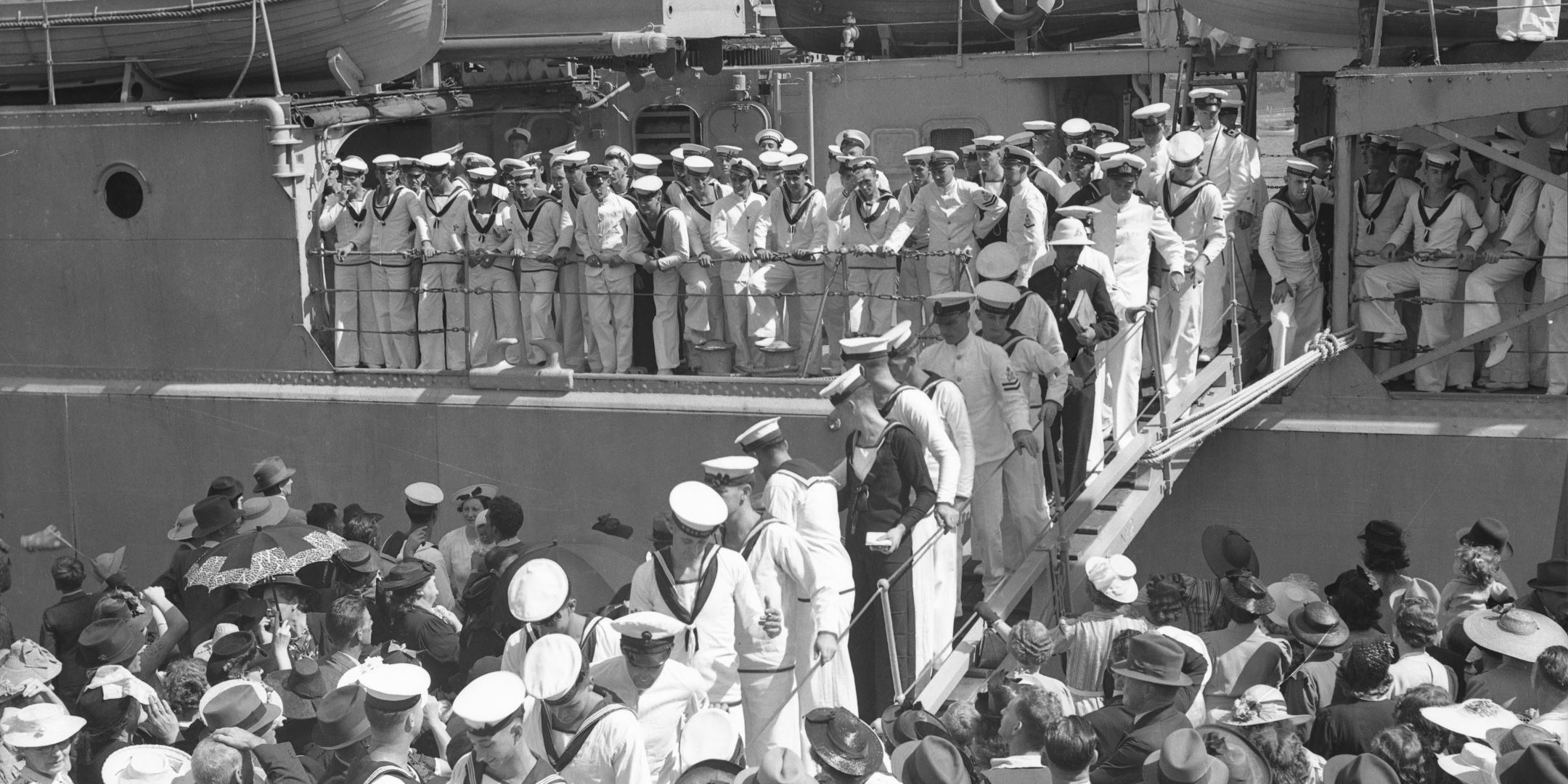
28 Feb 2022
The sad fate of HMAS Perth (I)
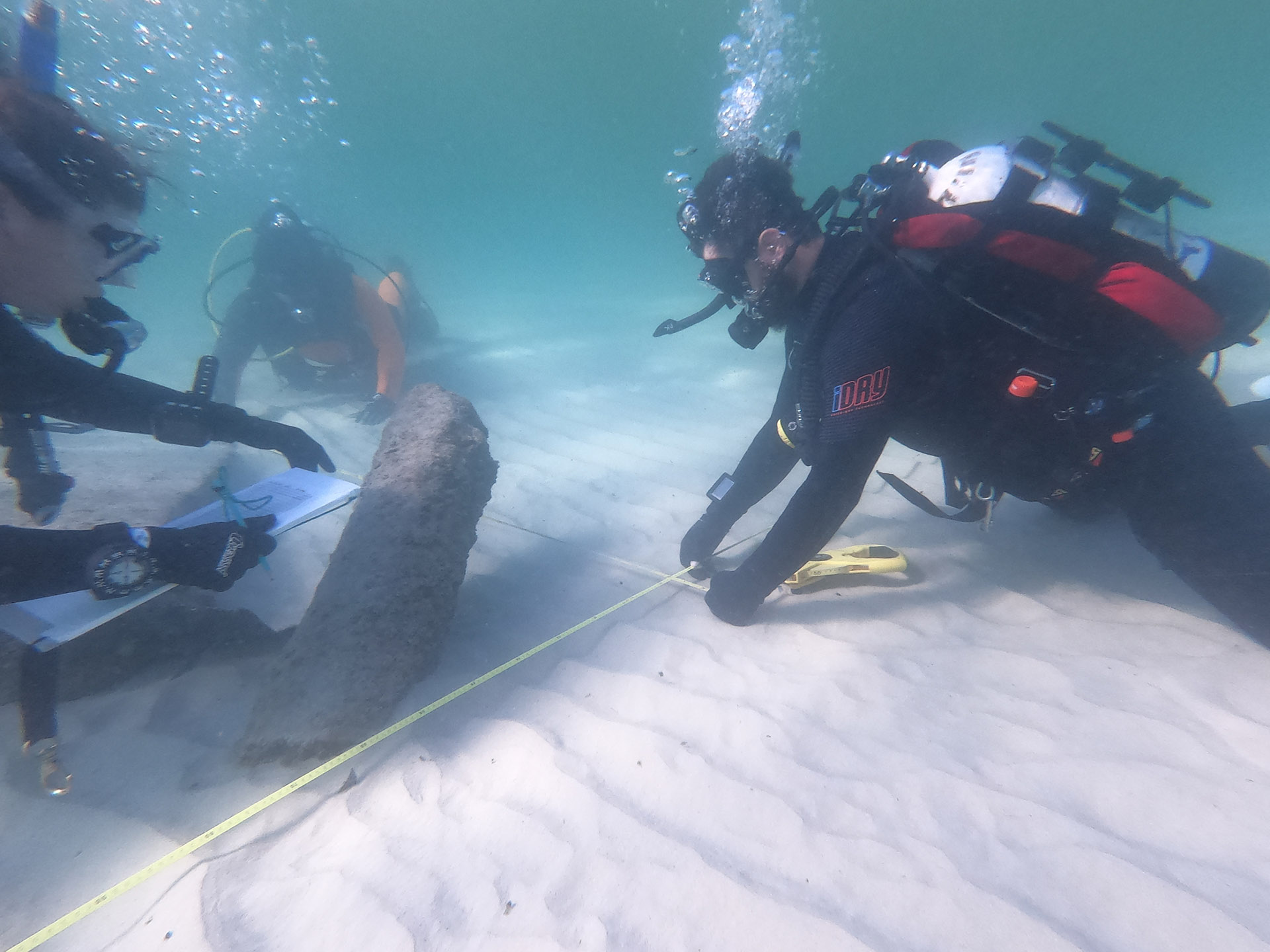
12 Dec 2021
Sanyo Maru shipwrecked off Arnhem Land
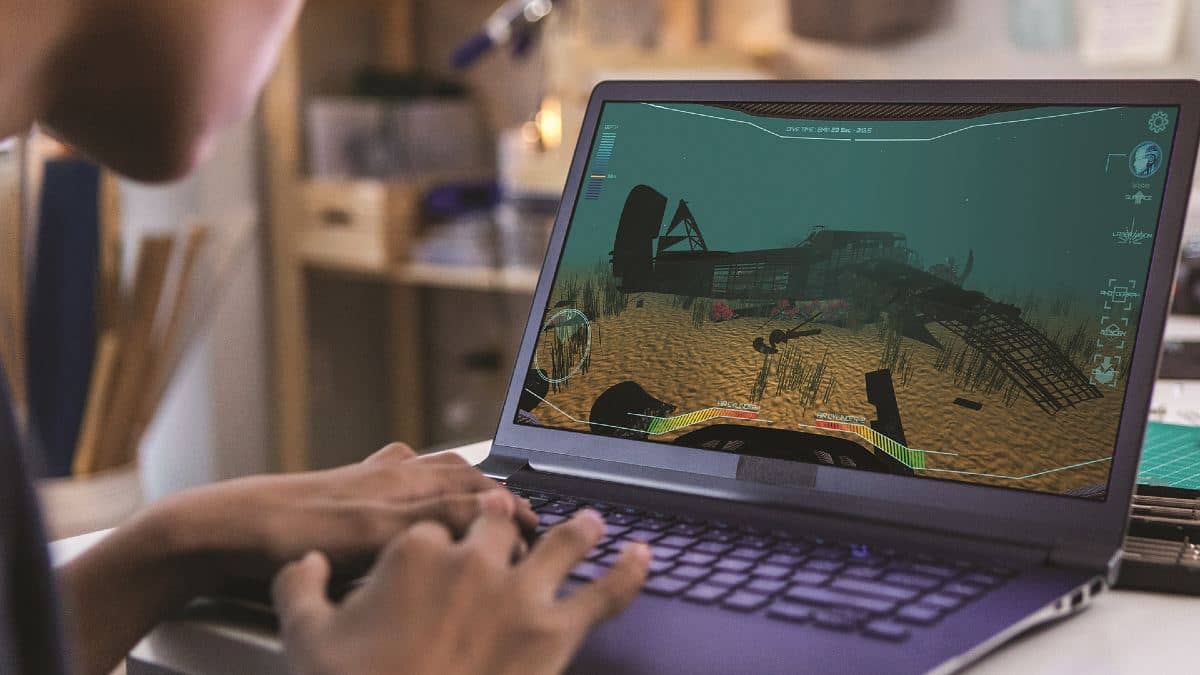
23 Aug 2021
Wreck Seeker: New educational game uncovers underwater mysteries
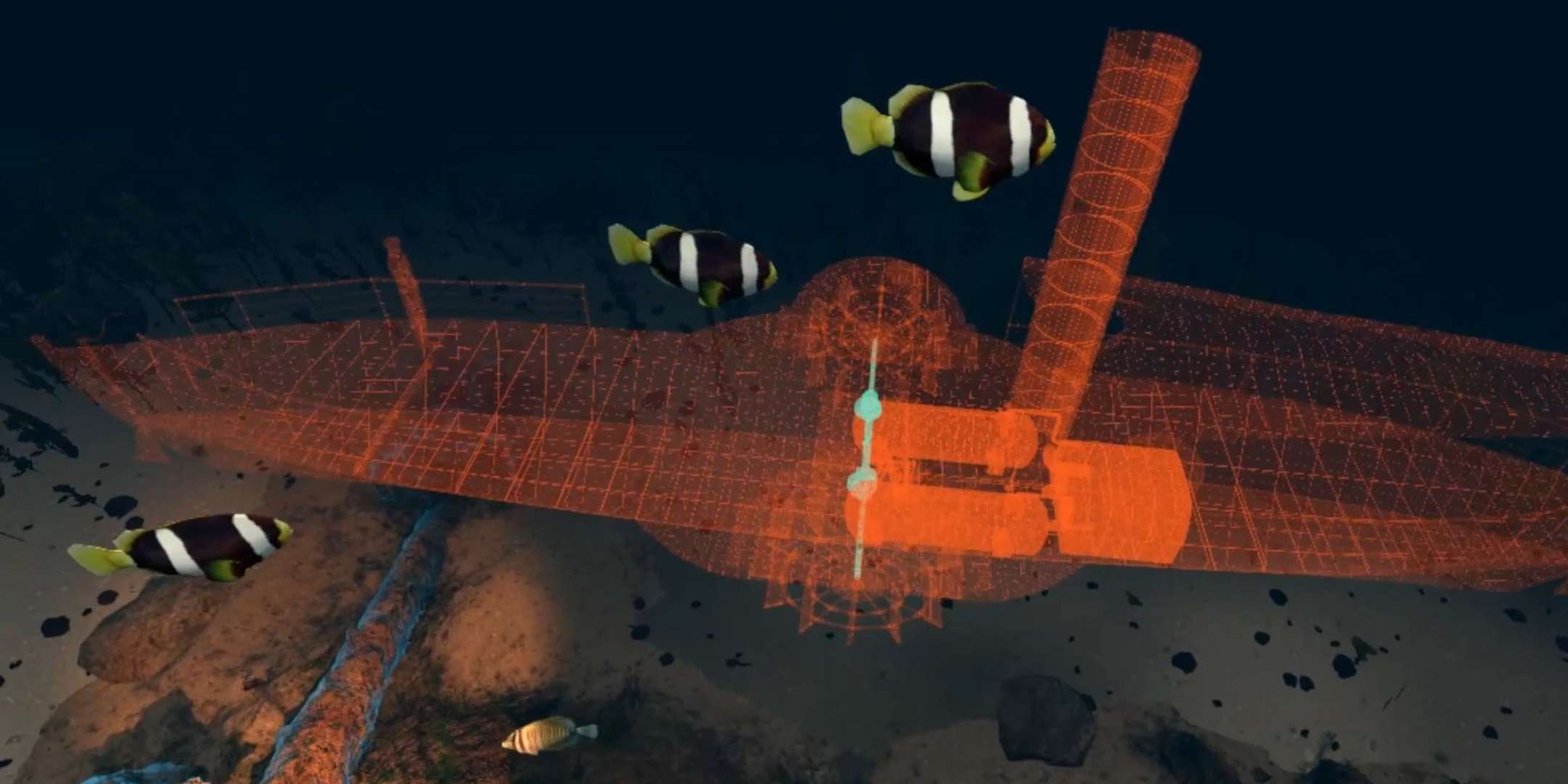
14 Sep 2020
The PS 'Herald' VR Experience: Seven students, one virtual dive
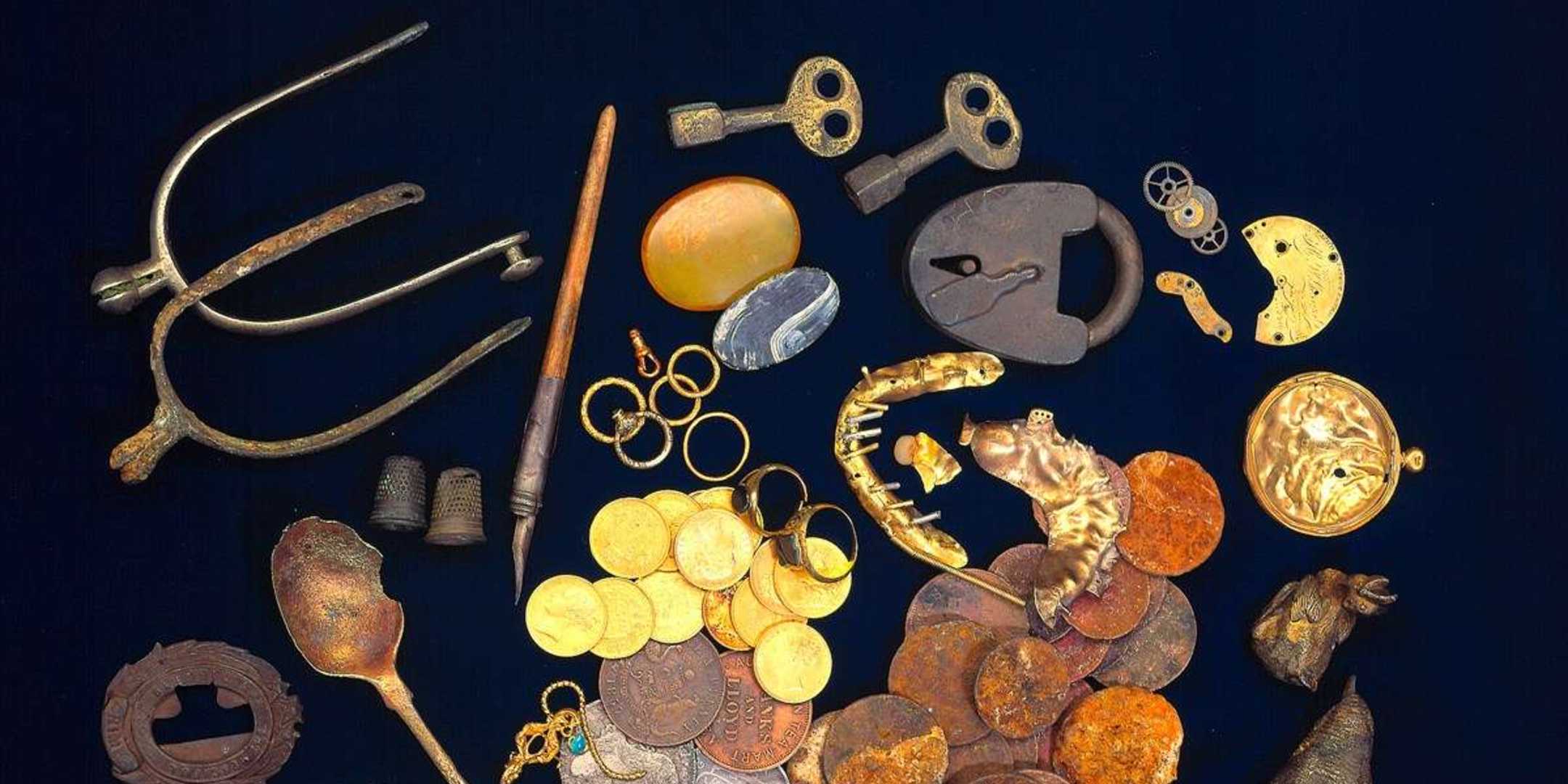
20 Aug 2020
The melancholy wreck of the 'Dunbar'
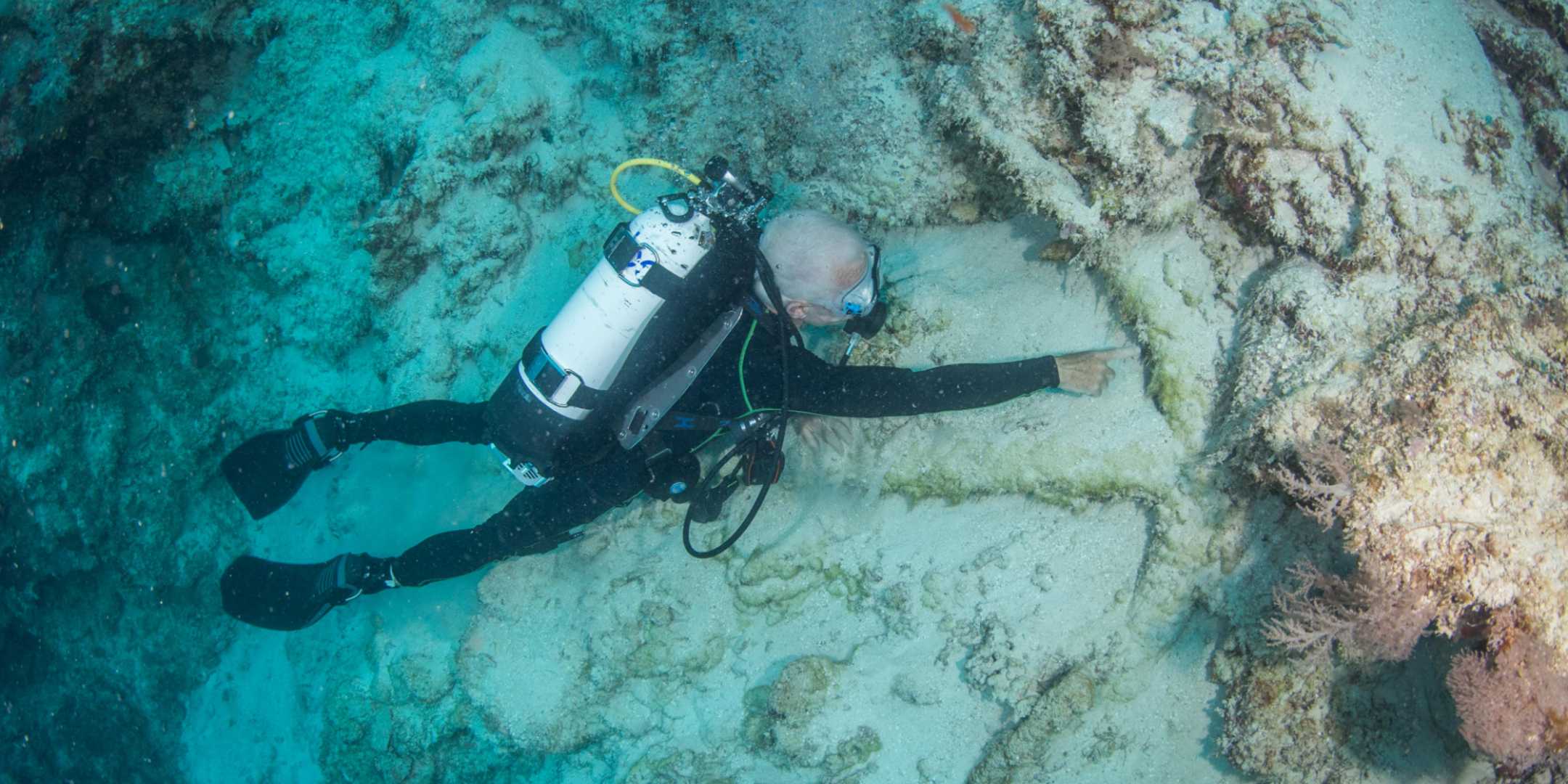
15 Jul 2020
Ask an Archaeologist Day
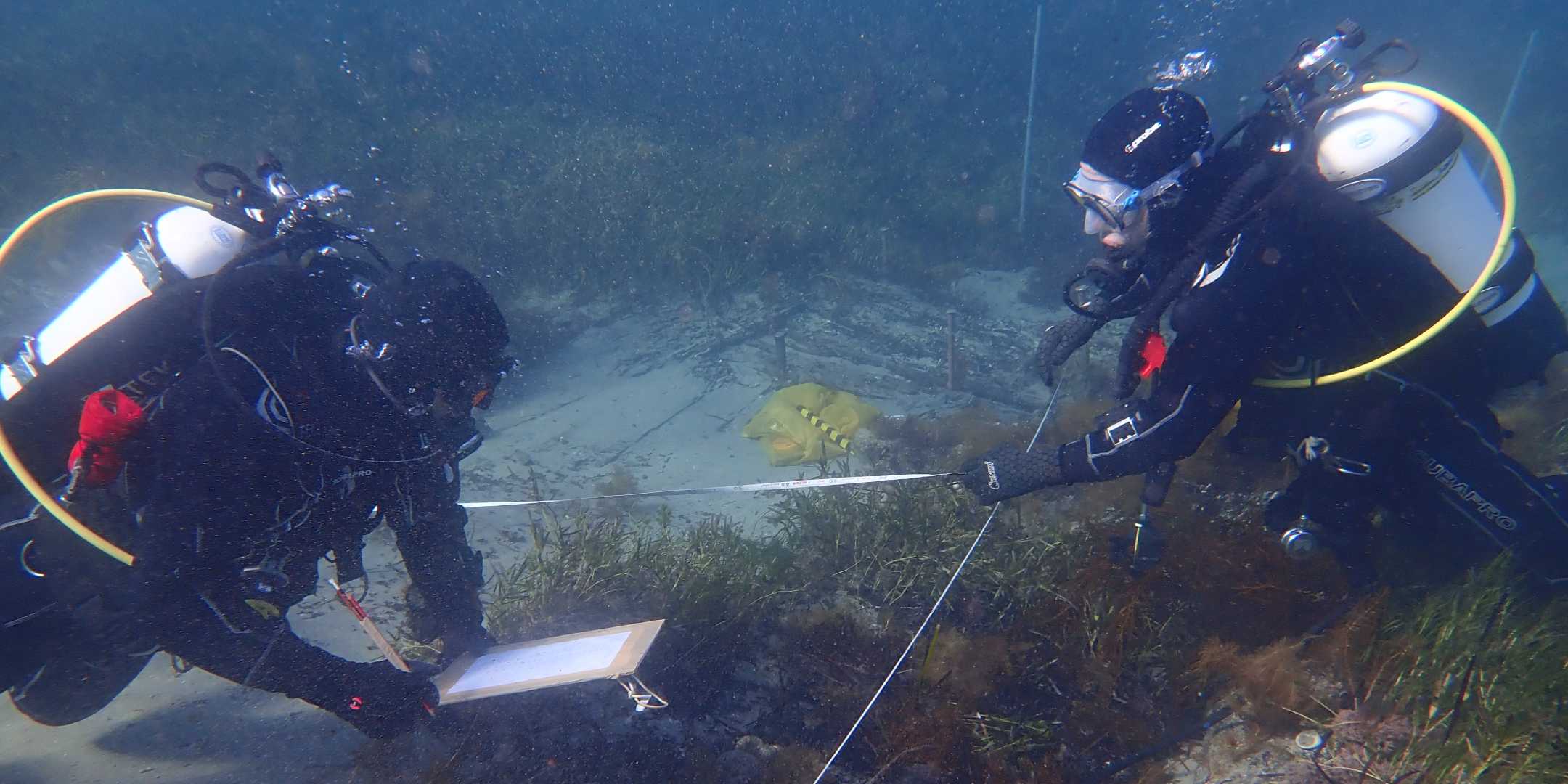
22 May 2020
Bound for 'South Australian': South Australia's oldest known shipwreck found
![SS Federal docked at a wharf. Built in 1889, owned by McIlwraith McEacharn Limited, wrecked off the Western Australian coast in 1901. ANMM Collection, ANMS0047[142] Black and white photograph of a ship](/-/media/anmm/images/blog-content/2019/12-dec-2019/signals-129/anms0047142_2160x1080.jpg?h=1080&la=en&w=2160)
21 Dec 2019
Digitising our history: The tragedy of SS Federal
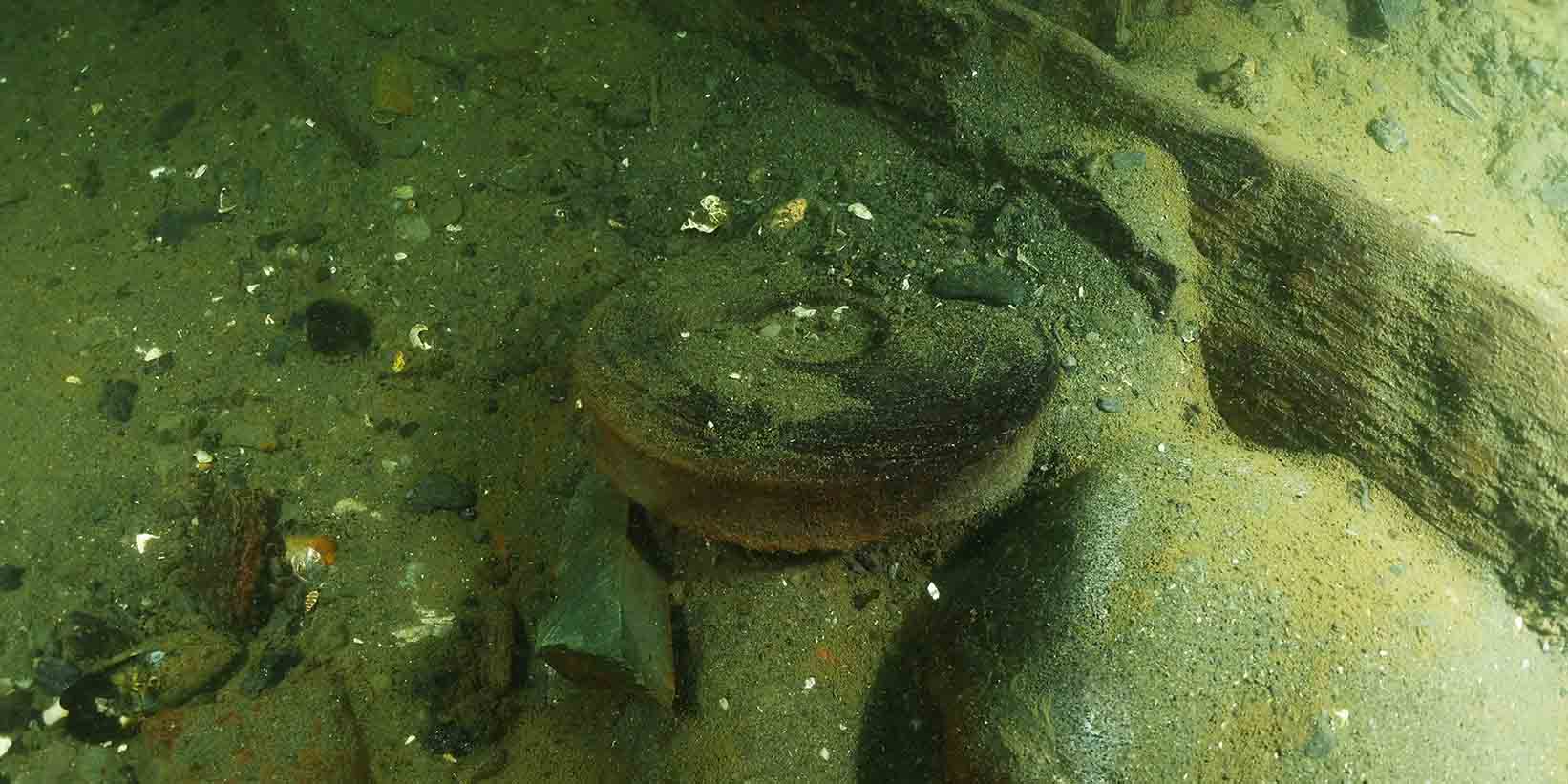
13 Dec 2019
